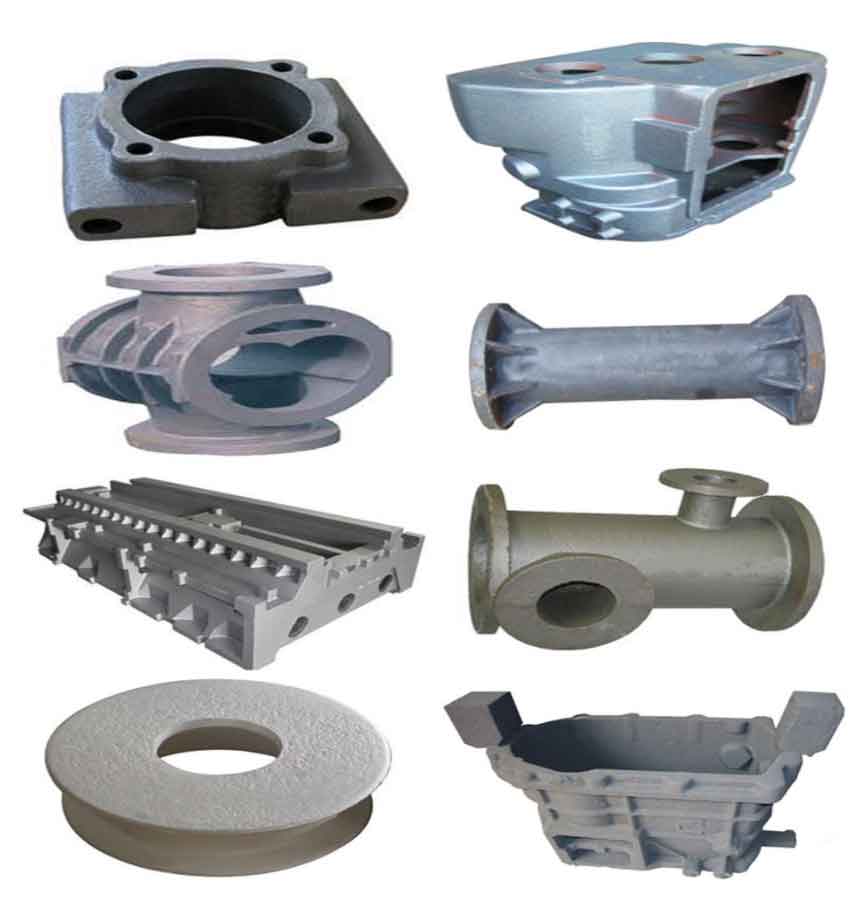According to the body surface characteristics of wear-resistant organisms, hard elements on such non smooth surfaces are often distributed in different shapes, densities, sizes and orientations. These factors are collectively referred to as morphological coupling elements. The change of each characteristic quantity in the morphological coupling element has a very important impact on the adaptation of organisms to nature. For example, different shark species with different morphological coupling elements have different swimming speeds. Therefore, we know that the difference of morphological coupling elements will also lead to the change of their performance. According to the bionics theory, the morphological coupling elements of the bionic coupling sample are simplified into a representative simple model, that is, several hard units are regularly distributed on the parent body, and the combination form of each unit is similar to the point, stripe or grid; In addition, according to the distribution mode of the unit body, the presentation mode of different unit body orientation and distribution density on the surface is also abstracted. The microstructure of Laser Biomimetic unit was studied in detail and compared with that of matrix; At the same time, the effect of different morphological coupling elements on the improvement of fatigue wear resistance of gray cast iron was also studied, and the strengthening mechanism and different failure forms were discussed according to the experimental results and wear morphology, which provided theoretical support for the application in practical production.

- By observing the surface structure of different wear-resistant organisms, three simple biological surface structure features are abstracted: point, strip and network structure. The material surface is locally treated by laser to imitate the unique body surface characteristics of organisms, forming the surface characteristics of soft and hard materials.
- The area formed after laser processing is called a unit body. Under the action of high-energy laser, the structure inside the unit body changes from the original ferrite + graphite to the mixed hypoeutectic structure of deformed ledeburite + retained austenite + martensite + cementite. Moreover, the grains are also refined, and the carbides are distributed in a grid.
- By comparing the fatigue wear resistance of bionic grey cast iron samples with different shapes, it is found that the effect of improving the fatigue wear resistance of grid grey cast iron is the best, followed by strip and point. This is because in the rolling fatigue wear, the grid element can form a surface structure with continuous support and soft and hard phases in the rolling direction, so it has the best fatigue wear resistance of gray cast iron.
- Different orientations of the unit also seriously affect the improvement of fatigue wear resistance of gray cast iron. When the element body is arranged at a certain angle with the rolling direction, the element body can disperse the contact stress generated on the surface to numerous shear stress planes, so as to reduce the possibility of producing concentrated stress. Therefore, the fatigue wear resistance of gray cast iron is improved. In addition, the inclined unit body can also provide continuous support for the roller during rolling, eliminating the possibility of direct contact between the roller and the substrate. Finally, the optimal tilt angle of the element is related to the actual load.
- The proportion of hard phase and soft phase also has some influence on the fatigue wear resistance of gray cast iron. When the spacing between units s ≥ 2, the fatigue wear resistance of gray cast iron is related to the laser strengthened area, that is, the smaller the soft hard ratio, the larger the treated area, the better the fatigue wear resistance of gray cast iron; On the contrary, when the unit spacing s ≤ 2, the inconsistent deformation between hard phase and soft phase is dominant, that is, the smaller the soft hard ratio is, although the treatment area increases, the inconsistent deformation between soft and hard increases, and fatigue defects are more likely to occur, so the gray cast iron shows poor fatigue wear resistance. Therefore, when the unit spacing hs=2, the treated gray cast iron shows the best fatigue wear resistance.
